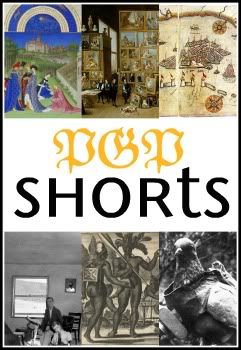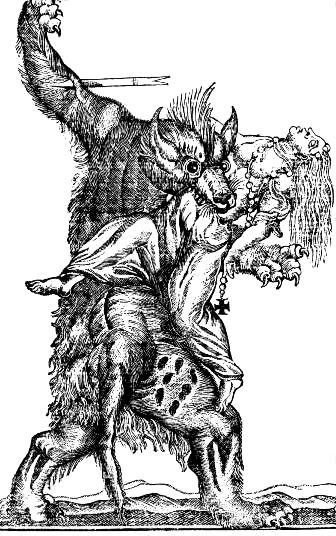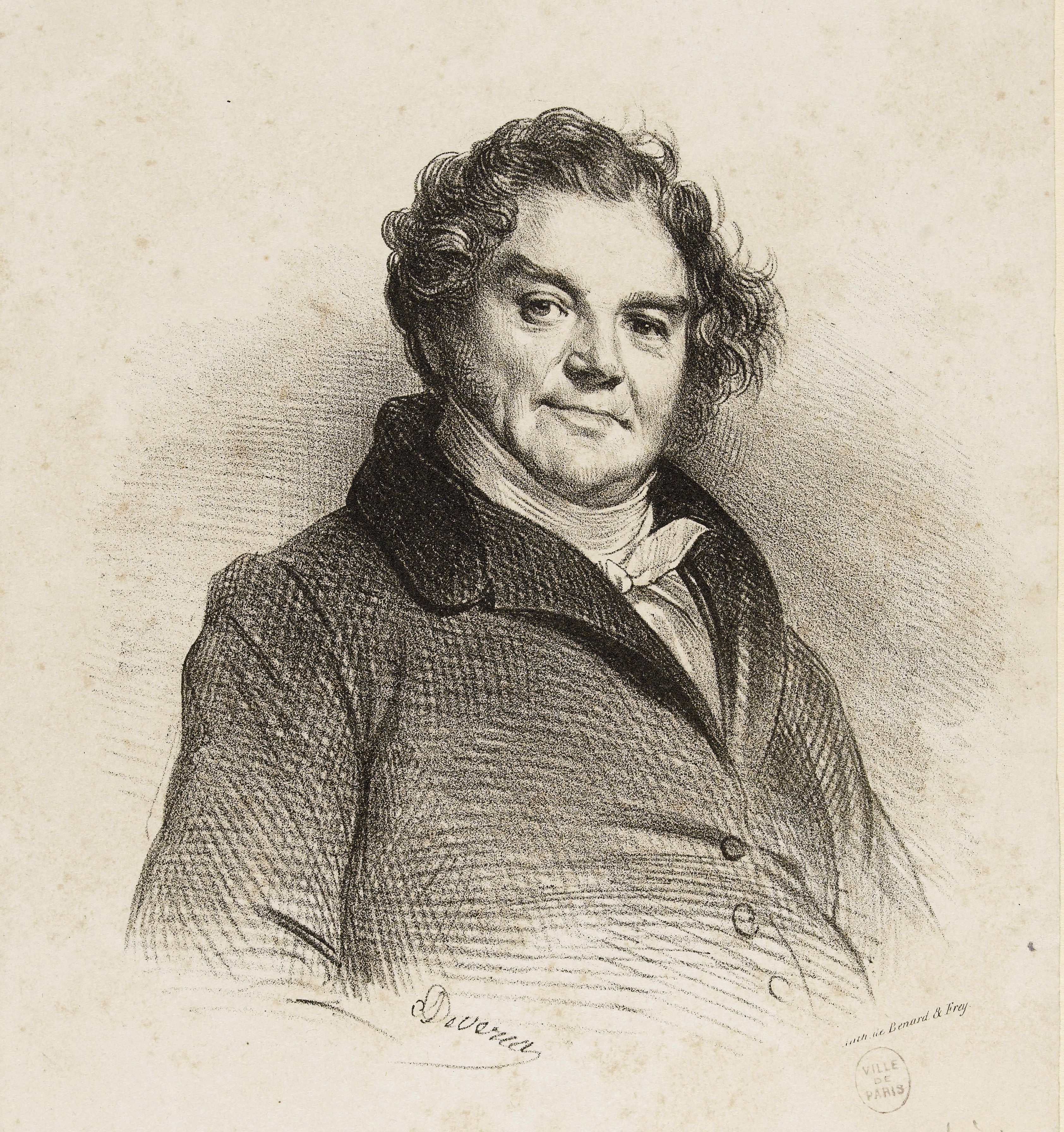
Tristan Tzara and Joan Miró, Parler Seul: Poéme. Paris: Maeght Editeur, 1950.
Did you know that the Pope of Surrealism, André Breton, had a day job as a librarian? It's true. And while being very bored at his job, he would read all the old books no one was that interested in (NEVER underestimate a bored librarian). Then, when he found authors he liked, he would tell all his friends about them and be like, "These people are totes surrealist!" Then all the other surrealists would read them and say, "Oui! Bien sûr! Jeeze, André, enough with the books already," etc. (actually, they wouldn't say that, because the whole lot of them were raging bibliophiles, one of the many reasons why we love), and the authors would be posthumously inducted into surrealism. Also occasionally posthumously excommunicated.
What did surrealists like? They loved the symbolist poets, philosophy, psychology, alchemy, and anything weird and wonderful. Below is an incomplete list of authors I was able to find online. Note that for some of these authors, only the original French is available in the public domain.
The Symbolists:
What did surrealists like? They loved the symbolist poets, philosophy, psychology, alchemy, and anything weird and wonderful. Below is an incomplete list of authors I was able to find online. Note that for some of these authors, only the original French is available in the public domain.
The Symbolists:
- Isidore Ducasse, aka Comte de Lautréamont, is most known for Les Chants de Maldoror, a poem about pain and suffering, whose main character is unrelentingly evil. So, you know, cheery. The first surrealist to discover Ducasse was Phillippe Soupault, who found a copy of Les Chants completely by accident, mis-shelved in a used Parisian bookshop. Surrealists LOVE chance finds like this. Breton and Louis Aragon searched out the only surviving copy of Ducasse's Poésies in the Bibliothèque Nationale de France, and subsequently republished them in their magazine. What the surrealists loved most about Ducasse was how he liked to compare and draw meaning from the seeming randomness of modern life. He's also a romantic figure, having died at the age of 25--reportedly, killed by Napolean III's secret police. [Les Chants at Project Gutenberg (French)]
- Arthur Rimbaud felt that poetry should strive 'to reach the unknown by the derangement of all the senses.' This naturally appealed to the surrealist writers, who constantly questioned what the senses told us about the "real" world. A Season In Hell and Illuminations are probably his most famous works, but they pale in comparison to the story of his life, which included a torrid affair with fellow poet Paul Verlaine, ending in attempted murder. At 21, Rimbaud declared his poetry a failure and decided to become an adventurer instead. This ended badly. [Project Gutenberg (French)|Illuminations (English)]
- Raymond Roussel wrote poetry in complicated puns and word games that appealed to the surrealists' sense of the ridiculous. Marcel Duchamp, who gave up art to play chess (supposedly), was a big fan, and often employed similar puns in his own work (for example, L.H.O.O.Q., which read aloud in French sounds like "she has a hot ass"... or something). [Project Gutenberg (French)|New Impressions of Africa (English)]
- Alfred Jarry is another interesting character, a prankster who specialized in absurdest plays, the most famous of which is Ubu Roi, with the opening line "Merde!" When he wasn't painting himself green and riding around on his bicycle extolling the virtues of absinthe, he was inventing pataphysics, a pseudoscience that makes fun of metaphysics and is defined as "the science of imaginary solutions, which symbolically attributes the properties of objects, described by their virtuality, to their lineaments." I have no idea what that means, by the way, but since it's a science dedicated to not understanding anything, that's probably the point. [Project Gutenberg (French)]
- The Marquis de Sade was admired for his open beliefs about love and sexuality. [Project Gutenberg (French)]
- Edgar Allan Poe was called by Breton "surrealist in adventure." His stories are filled with strange happenings, signs of the unconscious, and people with neuroses. [Project Gutenberg (English)]
- Pierre Reverdy was a contemporary of the surrealists, whom they called 'our immediate elder, the exemplary poet.' His work is characterized by a feeling of existential loneliness (of course! He's French). He also had a torrid affair with Coco Chanel. Rawr. [8 poems by Reverdy at Milk Mag (English)]
- Paracelsus was a German alchemist from the 16th century who was interested in how the four elements could be transformative. He is also the first known person to mention the unconscious, and is rumored to be the real-life inspiration behind the identity of Christian Rosenkreutz, a mythical alchemist. [Scans of original manuscripts]
- Giordano Bruno was a 16th century astrologer who was also interested in hermetic studies. He was burned at the stake for defying the Catholic church, which would be enough to get the surrealists' vote alone; but he also pioneered the idea of the universe consisting of multiple worlds full of infinite possibilities--a pre-quantum physicist. [Works by Bruno at the Warburg Library]
- Eliphas Lévi was a 19th century French magician who incorporated tarot cards into his rituals. [Project Gutenberg (French)|ebooks online (French and English)]
- Freud--of course, Freud! The surrealists loved Freud and the concept of the unconscious, as well as Freud's theories on sexuality and oedipal complexes. Not to mention that Freud had the insight to recognize poets as the true "discoverers" of the unconscious. Surprisingly, there are a ton of Freud's writings available in the public domain. [Project Gutenberg (English)]
- Pierre Janet was kind of the anti-Freud. Breton was inspired by him during a brief stint as a med student, but Janet himself wasn't down with the kids those days, yo. Those crazy surrealists! He's the one who coined the terms disassociation and subconscious, not Freud, and some people credit him as the true source of psychotherapy practice. [works by Pierre Janet online (French)]
















